19
Lessons
120h
Duration
English
Language
Share This Class:
OBJECTIVE
Upon completion of all three modules, students will have a comprehensive understanding of DevOps principles, practices, and tools, and will be well-prepared to implement DevOps strategies in a professional environment.
Learning Path
MODULE 1 - Beginner
Introduce students to the fundamentals of DevOps, including basic tools,
concepts, and practices.
- What is DevOps?
- The History and Evolution of DevOps
- DevOps Principles and Practices
- Benefits of DevOps
- Overview of Common DevOps Tools
- Setting Up a Development Environment (Linux, Windows)
- Introduction to Virtualization and Containers (Docker)
- Version Control with Git and GitHub
- Introduction to Continuous Integration
- Setting Up a CI Pipeline
- Using Jenkins for CI
- Basic Build Automation (Maven, Gradle)
- Introduction to Configuration Management
- Using Ansible for Configuration Management
- Managing Infrastructure as Code (IaC)
- Basic Playbook and Roles in Ansible
- Introduction to Continuous Delivery
- Setting Up a CD Pipeline
- Using Jenkins for Continuous Deployment
- Introduction to Kubernetes for Deployment
- Importance of Monitoring and Logging
- Using Prometheus for Monitoring
- Setting Up Grafana Dashboards
- Introduction to Log Management (ELK Stack)
- Setting Up a Simple CI/CD Pipeline
- Automating Configuration Management with Ansible
- Deploying Applications with Docker and Kubernetes
- Basic Monitoring and Logging Setup
MODULE 2 - intermediate
Build on foundational knowledge with more advanced DevOps practices, tools,
and techniques.
- Advanced Git Techniques (Rebasing, Cherry-Picking)
- Branching Strategies (GitFlow, Trunk-Based Development)
- Code Review Practices
- Managing Git Repositories with GitHub/GitLab
- Advanced Jenkins Configuration
- Pipeline as Code (Jenkinsfile)
- Using CircleCI and Travis CI
- Blue/Green Deployments and Canary Releases
- Advanced Ansible Playbooks
- Using Chef and Puppet for Configuration Management
- Managing Secrets and Credentials
- Automating Infrastructure Provisioning with Terraform
- Deep Dive into Kubernetes Architecture
- Kubernetes Networking and Storage
- Managing Kubernetes Clusters
- Helm for Kubernetes Package Management
- Overview of Cloud Providers (AWS, Azure, GCP)
- Deploying Infrastructure on AWS
- Using AWS Services (EC2, S3, RDS)
- Introduction to Serverless Computing (AWS Lambda)
- Introduction to DevSecOps
- Integrating Security into CI/CD Pipelines
- Container Security Best Practices
- Security Tools and Practices (Aqua, Twistlock)
- Implementing Advanced CI/CD Pipelines
- Automating Infrastructure with Terraform
- Deploying and Managing Kubernetes Clusters
- Setting Up Secure DevOps Pipelines
MODULE 3 - ADVANCED
Prepare students to tackle complex DevOps challenges and implement robust,
scalable DevOps practices in real-world scenarios.
- Advanced Prometheus and Grafana Usage
- Performance Tuning and Optimization
- Using APM Tools (New Relic, Datadog)
- Setting Up Alerting and Incident Management
- Designing for Scalability and High Availability
- Load Balancing and Auto-Scaling
- Disaster Recovery and Backup Strategies
- Using CloudFormation and Terraform for Infrastructure Automation
- Advanced Docker Features and Best Practices
- Multi-Stage Builds and Optimizing Docker Images
- Using Kubernetes Operators
- Service Mesh with Istio
- Introduction to Microservices Architecture
- Deploying Microservices with Kubernetes
- Service Discovery and API Gateway (Consul, Kong)
- Monitoring and Managing Microservices
- Advanced AWS, Azure, and GCP Services
- Multi-Cloud and Hybrid Cloud Strategies
- Serverless DevOps Practices
- Cloud Cost Management and Optimization
- Building a DevOps Culture
- Leading DevOps Transformation
- Metrics and KPIs for DevOps
- Case Studies of Successful DevOps Implementations
- Designing and Implementing a Comprehensive CI/CD Pipeline
- Deploying and Managing a Scalable, Highly Available Application
- Integrating Security, Monitoring, and Logging
- Presenting the Project and Peer Review
